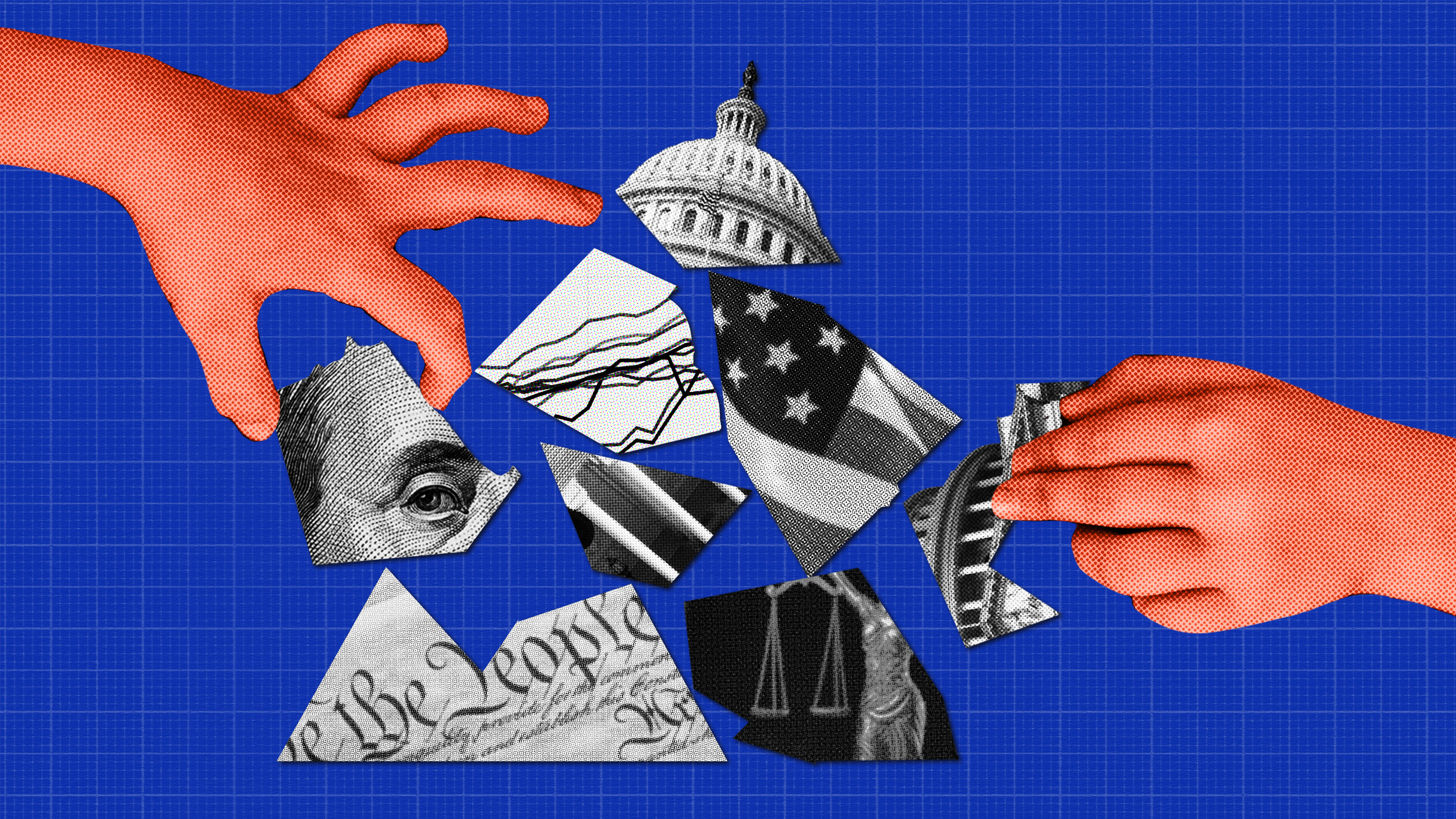Miller-McCune Magazine on the Climate Shift Report: How Ideology Colors Our Perceptions

At Miller-McCune magazine, Emily Badger discusses several key themes of the Climate Shift report, focusing on how the reaction from several bloggers connects to the findings of Chapter 4. The full article is worth a careful read but here is an excerpt:
Nisbet contends that all of us — scientists, even — are affected by our own biases and perspectives, and that cap-and-trade supporters have brought this lens to their understanding of the conundrum of climate change politics.
“Part of our own efforts in making sense of this complexity is very similar to how the general public tries to make sense of the complexity of climate science itself,” Nisbet said in an interview. “There’s a great deal of uncertainty, a great deal of information, and in order to make sense of that complexity, we rely on our own commitment to the issue, on our own political identity, also on our own selective information sources.”
In doing so, Nisbet says, advocates have relied too much on a pair of popular narratives — one that blames the media and climate deniers for distorting the public debate, and the other that blames deep-pocketed polluting corporations for wresting control of the climate bill.
“All of those other narratives are true,” Nisbet said. “But the question is: What else do we overlook by focusing on those narratives?”
That question is provocative because many organizations are already heavily invested in funneling resources at those two culprits. Among Nisbet’s biggest critics, Media Matters for America works endlessly to hold Fox News accountable for its distortions, and climate blogger Joe Romm’sthink tank, the Center for American Progress, has devoted considerable energy to uncovering the backroom influence of Koch Industries. Nisbet’s report essentially suggests much of this effort is misplaced.
“When you try to reset the context of perception and draw peoples’ attention to a range of other factors, in part that means they have to engage in some self-criticism,” Nisbet said. “Of course, there’s going to be resistance to that.”
Among that resistance, Romm and Media Matters for America have challenged Nisbet’s analysis of financial and media data, re-splicing his numbers to different conclusions. In his media analysis, Nisbet has particularly been attacked for discounting the influence of Fox News (he cites research that suggests the cable channel reinforces rather than influences the opinions of its viewers and so isn’t a significant force in shifting public opinion).
Nisbet’s financial analysis also measures the total lobbying expenditures of groups on each side of the cap-and-trade debate, although much of that lobbying money was undoubtedly spent on issues entirely unrelated to the environment. Issue-specific lobbying figures aren’t available, but Romm suggests it’s laughable to think a corporation like BP spent much of its budget on the cap-and-trade bill.
Nisbet counters that he isn’t trying to provide a literal accounting of money spent on the bill by each side, but rather a picture of the muscle each side had at its disposal. And if environmentalists object to the idea that BP — at one point a member of the highly publicized U.S. Climate Action Partnership — did much to help out, then they have another problem implied in Nisbet’s report.
“In the last cap-and-trade debate, if corporations didn’t [contribute], even though environmental groups spent three years bringing them into an alliance, how can we depend on them in the future?” he asked.





